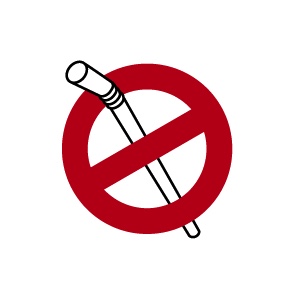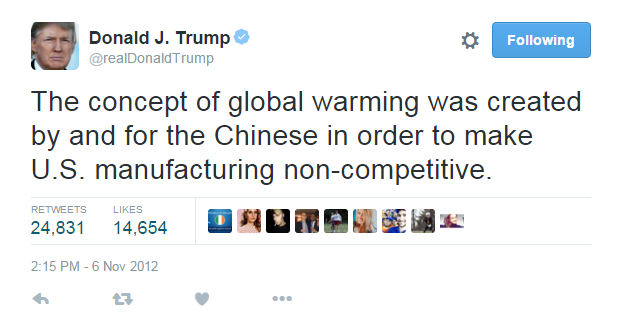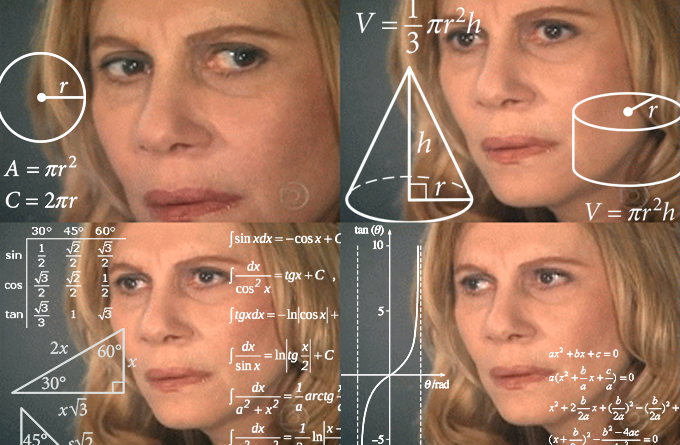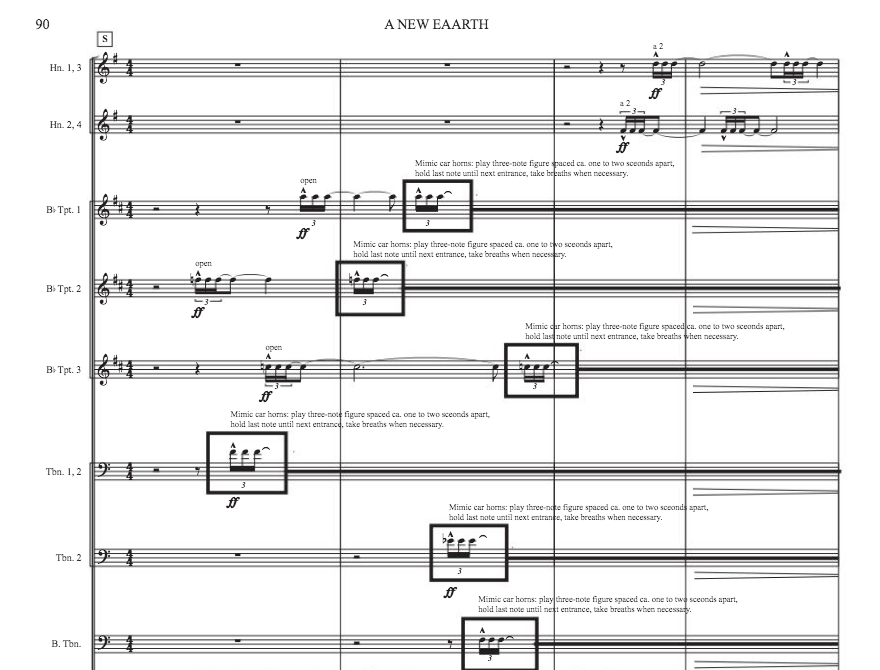
Artists express their political view by inheriting a political connotation to their artwork. It is either to express a personal political viewpoint, or it is to contribute, commemorate, and celebrate political events, protests, or a certain group of minority people by inviting attention. Thomas Adès’s ‘Asyla’ written in 1997 is a four-movement piece for a large orchestra that includes six timpani, roto-toms, tuned cowbells, water gong, washboard, and two pianos with one tuned quarter-tone flat. It is one of his most widely performed pieces and was premiered by the Birmingham Symphony Orchestra with Simon Rattle conducting. ‘Asyla’ is the plural of Asylum and is sort of a wordplay that represents a double-edged meaning of the word.

Asylum refers to both a madhouse where people are sent for protection and a sanctuary for refugees (who have been forced to leave their country) as in political asylum. The word itself is contradicting as people in a madhouse are trapped in a facility, whereas asylum seekers are people who stepped outside of their origins and are seeking a new shelter.

In Thomas Adès’ interview, he explains that the symphony orchestra is no longer a mainstream medium. He argues that composers have evolved, however, the medium – an orchestra, is stagnant in a pre-First World War state. The piece ‘Asyla’ expands the perception of “what an orchestra is”. The wordplay of the title seems to fit the concept of the piece. An asylum seeker is associated with his use of unconventional instrumentations and innovative sound creation, and the trapped people in a madhouse are associated with the piece sticking to a strict four-movement scheme that has succeeded from Haydn (also, the third movement is a dance movement).

Refugees and asylums are huge underground political issues around the world. Not until the day of complete world of peace, there will be refugees and asylums. Around the world, there are 68.5 million people who were ‘forcibly displaced’. The majority of them remained around their home countries, however, 25.4 million of them had to seek asylums and fled to other countries, with more than half being children. The number of immigrants skyrocketed after World War II and 1997 in the UK (when ‘Asyla’ was premiered), there was an increase of immigrants in the UK from the abolition of a law that restricted entrants of people who were married to UK citizens.

In Adès’ interview, he mentions that the original title for the second movement is ‘Vatican’. The Vatican is the smallest country that exists, having a monarchy ruled by the pope (who also carries the role of a king). Citizens of the Vatican are specially picked members who are technically refugees that are given citizenships in order to work for the pope. The Vatican is a source of refuge and hope for immigrants and refugees who have had to flee their homes. However, Adès took away the title after he realized that “it was just too specific to many people”. This made me wonder whether Adès intended to advocate his support of ‘asylums’ for refugees. Nevertheless, his association of artwork to the political concept brought attention and awareness to the public eye, thus bringing significance to both politics and music worlds.

“We write symphonies,” Donald Trump said on July 6th, 2017, during a speech in Warsaw. Article by Anthony Tommasini argues that classical music is often portrayed as the ‘greatest art form’ precedent from Beethoven’s era – “a heroic visionary with a rare link to transcendent realms, creating symphonic works for the ages.” ‘Asyla’ by Thomas Adès is written with a completely different approach (180-degrees to be exact) as the piece deviates from the greatness and highness of the symphonic format. The piece is the opposite from greatness that is full of self-conceit – it is a piece that reflects the greatness of our human nature that looks out for people needing help in times of trouble.
To Listen to full version of the interview (World Premiere):
Another Performance of Asyla:
Interesting Blog Entry: http://themusicsalon.blogspot.com/2014/08/thomas-ades-on-his-asyla.html









